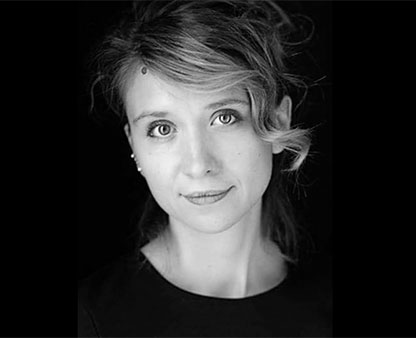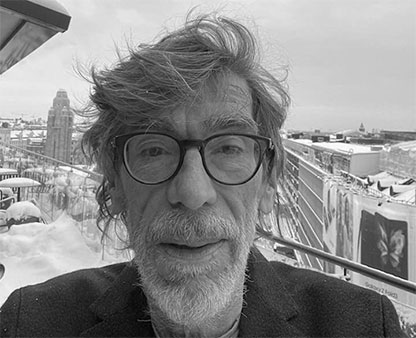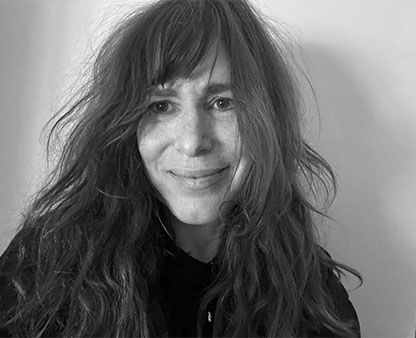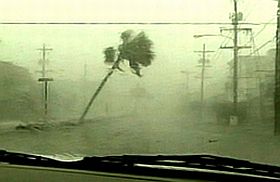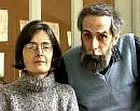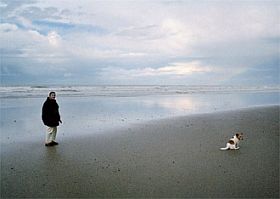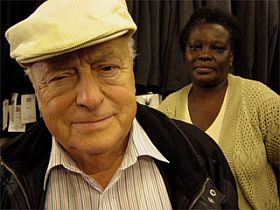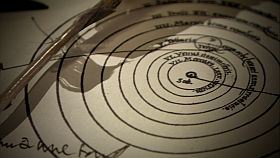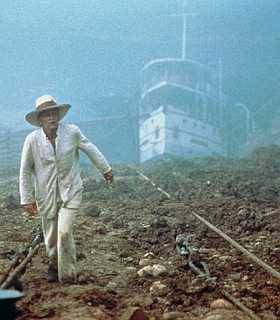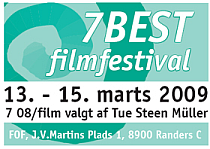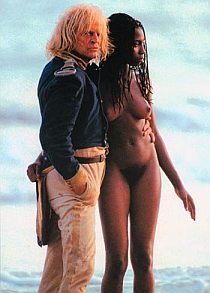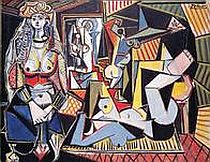Denne store videnskabshistoriske formidlingssatsning har premiere i aften kl. 19 på Det Kongelige Bibliotek. Jeg har for nogen tid siden skrevet lidt om filmen og dens forgængere i instruktørens arbejde. Og jeg vil selvfølgelig lidt senere prøve at vende tilbage. Nu skal vi lige se filmen, som involverer en stor indsats af mange forskellige kræfter, videnskabspolitiske, rent videnskabelige, undervisningsmæssige og først og sidst filmiske.
30. januar. Så har jeg set filmen. Det er en imponerende indsats, et omhyggeligt gennemført forsøg på at forny undervisningsfilmen som genre med hvad man måske kunne kalde forelæsningsfilm. Her altså i faget videnskabshistorie. Og som alle andre forelæsninger må den først og fremmest bedømmes på sit indholds troværdighed og sit overblik på videnfeltet. Og jeg vil i første omgang sige, at jeg, mens filmen kører over min skærm, er særdeles tryg ved den faglige kompetence, uden jeg dog vil mene, at fremstillingen indeholder ny viden, og jeg imponeres af overblikket og klarheden. Det sidste hænger så sammen med de filmiske greb, hvor man kan have en række ndvendinger, hvor jeg tøver en smule, især ved de yderst gennemarbejdede, men mærkeligt kølige rekonstruktioner. Så er der de medvirkende vidner, animationerne, iconografien og fortællerens tekst. Hvert punkt fortjener en ekstra overvejelse..
Rekonstruktionerne er lige på kanten. De er smukke, både de korte vignetprægede og de længere spillefilmlignende scener. Men på mig virker de bortledende, defokuserende. Mine tanker associerer Dreyer især, men også nyere spillefilm, og i sære hop er jeg væk fra Kopernikus renæssancetankes strid med den kirkelige og oldtidige. Personligt psykologiske magtgreb indføres, uden der i fremstillingen skabes egentlig plads til dem. For de medvirkende er filmens svaghed. Kun George Coyne fra Vatikanets observatorium gør for alvor indtryk på mig. Og i forhold til den gennemgående fortællelinje om kosmologistriden mellem naturvidenskab og teologi er han vel også temmelig vigtig og burde vel have mere plads.
Animationerne derimod er alle relevante og tydelige og rigtig flotte, også. Hvorimod iconografien, kamerabevægelserne inde i det meget arkivmateriale for mig at se er uden samlet idé. Fotografiet er også i de afsnit lydefrit, men cinematografien er pist borte. Hvad er der sket? Var det alligevel ikke film, Becker-Larsen ville lave? Men altså forelæsning i universitetets auditorium?
Fortællingen tyder på, det er forklaringen. Langt, langt fra det personlige essay er den i sin kompromisprægede objektivitet velskrevet, yderst velbearbejdet pædagogisk og imponerende grundigt researchet. Her er filmens rygsøjle, en vel inden for den naturvidenskabelige konsensus uangribelig fremstilling, fra hvilken filmens tilbageholdende instruktør trækker sig personligt i skyggen. Måske er han sådan? Måske er det hans stil? Jeg vil nu se hans to andre film igen.. Det er altså spændende, det her..
Lars Becker-Larsen: Den bevægede jord, Danmark 2009, 52 min. Produktion og distribution: Danish Doc Production / producer Gitte Randløv. Salg: DR international sales. Salg af dvd og bog: Unipress. Lars Becker-Larsen: Københavnerfortolkningen, Danmark, 2004, 59 min. Produktion og distribution: Arentoft Film. Kan ses på Filmstriben Lars Becker-Larsen: Teorien om alting, Danmark 1997, 45 min. Produktion og distribution (vhs-kopi kan købes): Magic Hour Films Still: Den bevægede jord / Erik Norsker: filmens udgangspunkt er Kopernikus’ omvæltende verdensbillede i 1543. Jorden er ikke længere centrum.
